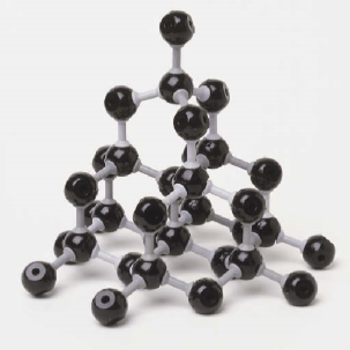pH of 0.2M #HC_7H_5O_2#
notice: #H^(+)# is really #H_3O^(+)# just abbreviated.
Since our reaction would look like this:
#HC_7H_5O_2#(aq)#+H_2O#(l)#rightleftharpoonsH^(+)#(aq)#+C_7H_5O_2^(-)#(aq)
ICE TABLES
a)#HC_7H_5O_2#
I) 0.2M
C) -x
E) #0.2M-x~~0.2M# This only works with weak acids/bases, because the x you solve for will be extremely small.
b)#H^(+)#
I) 0
C) +x
E) #0+x=x#
c)#C_7H_5O_2^(-)#
I) 0
C) +x
E) #0+x=x#
The #Ka=([Products])/([Reactants])##=([H^(+)]*[C_7H_5O_2^(-)])/([HC_7H_5O_2])##=(x*x)/(0.2M)=x^2/(0.2M)#
Notice: a) #[X]=#Molar Concentration of X
b) We leave #H_2O# out of our Ka because its concentration is constant. This happens with any pure liquids or solids. If gases in equation, use partial pressures.
Since #Ka=6.3*10^-6##=x^2/(0.2M)#
#x=sqrt((6.3*10^-6)*(0.2M))##=1.12*10^-3M=[H^(+)]#
NOW #pH=-log[H^(+)]=-log1.12*10^-3M#
#pH=2.94#
Extra step for weak bases: If you are dealing w/ a weak base and your #x=[OH^(-)]#, this last step will give you #pOH#
(#pOH=-log[OH^(-)]#)
You can use #pOH# to solve for #pH# with this simple relationship:
#pOH+pH=pKw# since #pKw=14.00#
#pH=14.00-pOH#


